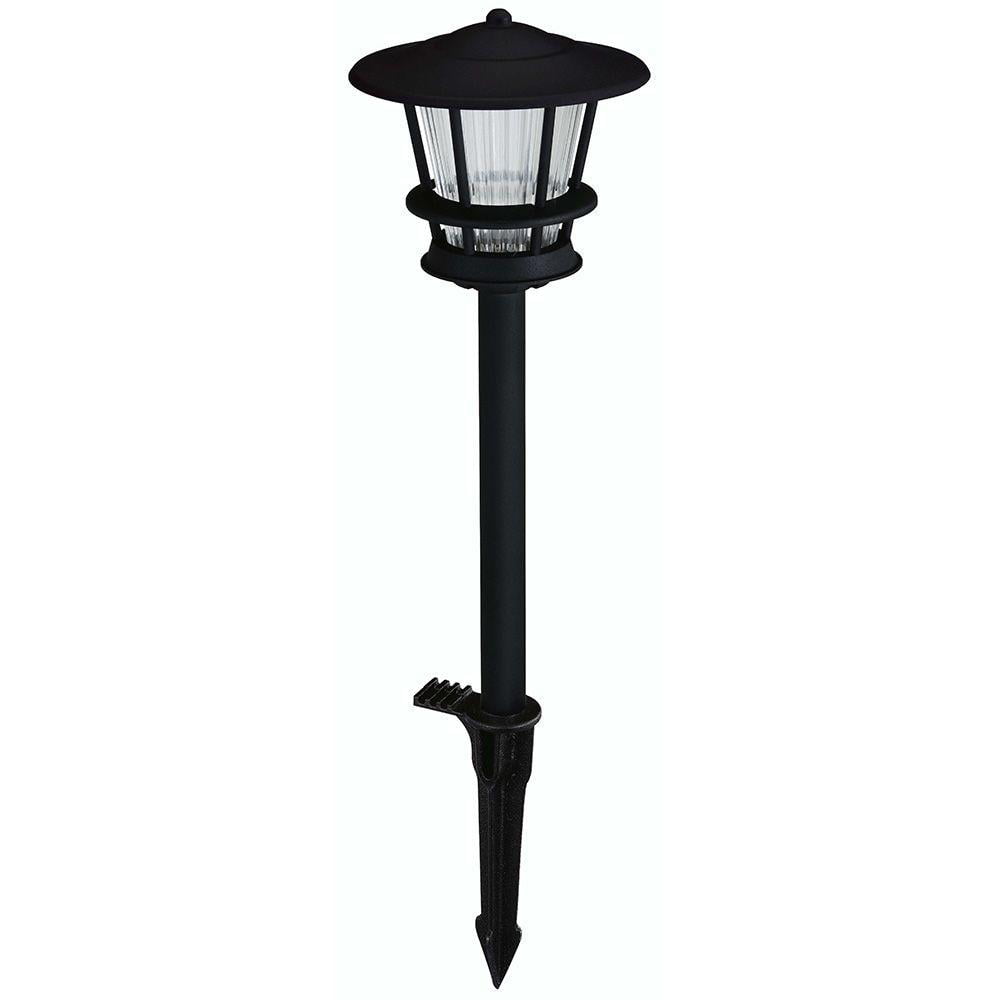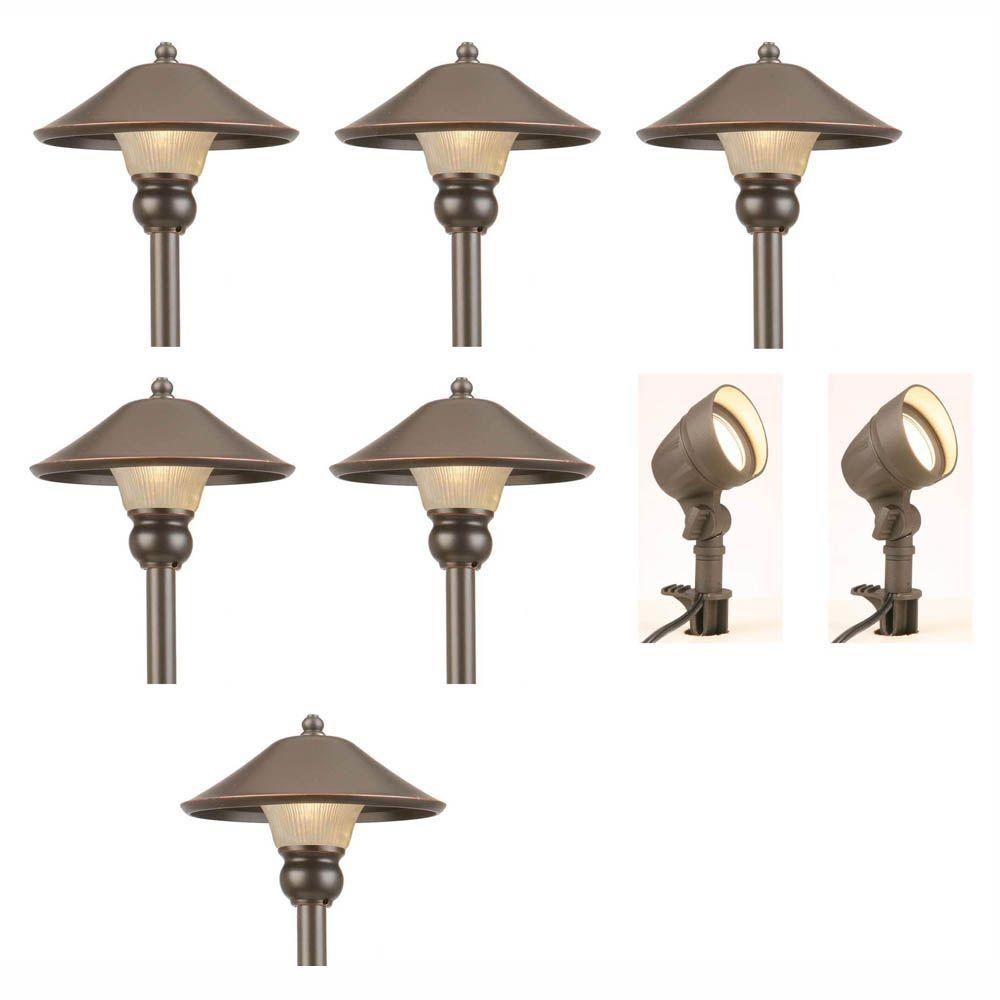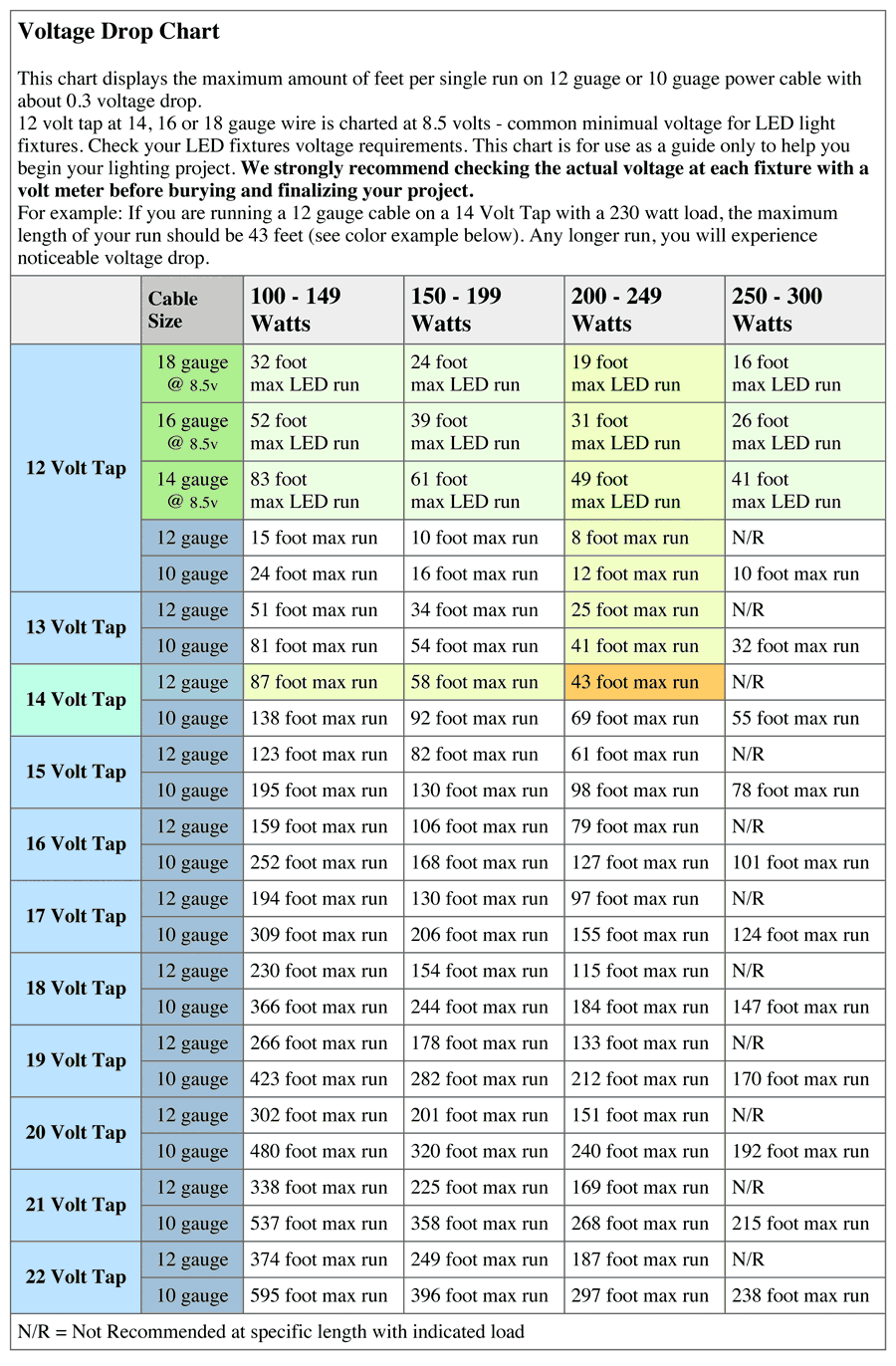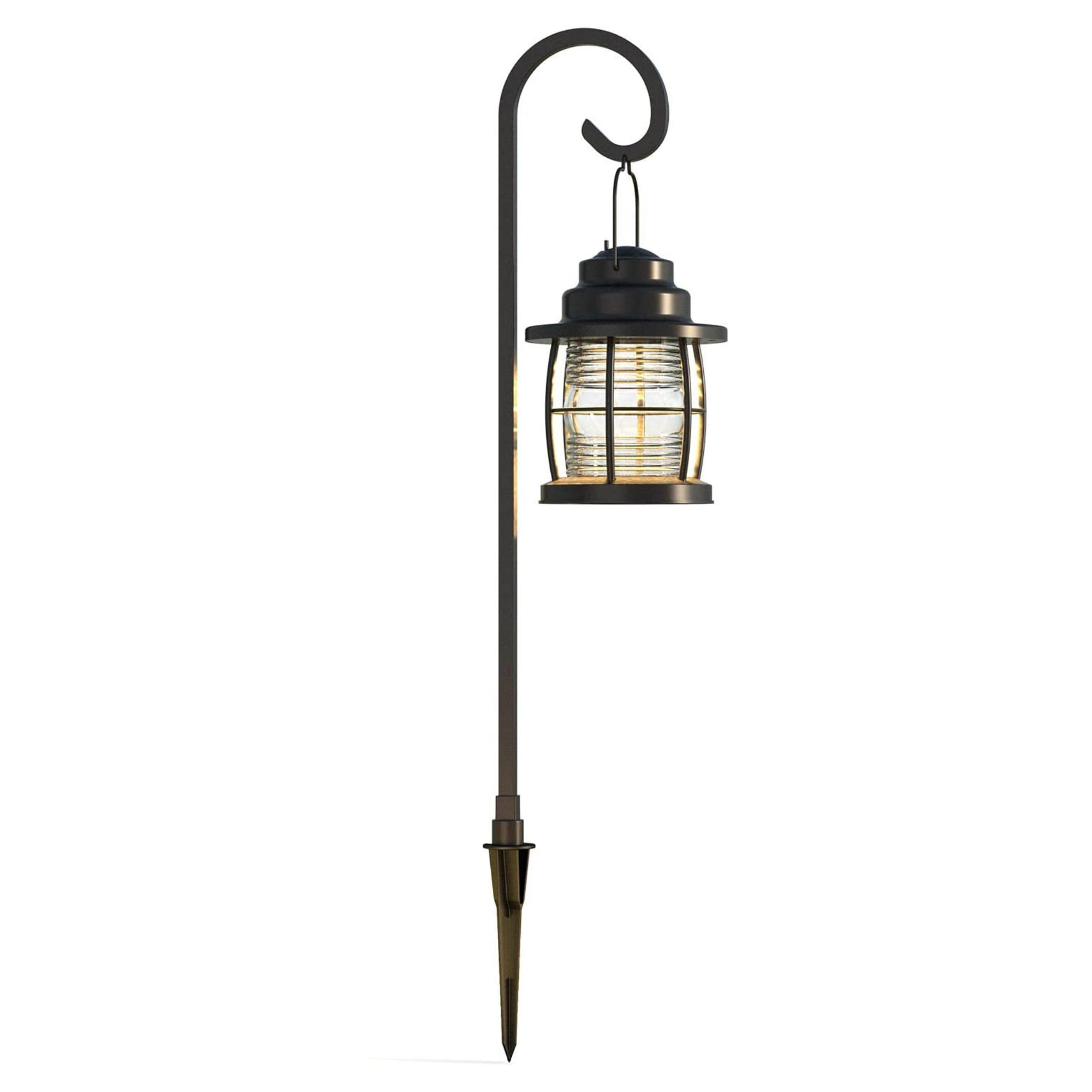
Quick connects make this a tool-less job.
#Volt landscape lighting install#
Install the remaining fixtures at the planned locations. Avoid installing the first fixture within 10 feet of the transformer to prevent it from getting too much voltage and burning out prematurely. Plug in the transformer and install a rain-tight cover over the connection, if one does not already exist.Ĭonnect the cable or cables and lay out the cable according to your plan. Mount the transformer within one foot of a GFCI (ground fault circuit interrupter) and at least one foot above grade, more if you’re subject to heavy snowfalls. (The lower the gauge number the heavier the cable.) If your runs are longer, you’ll need 12- or 14-gauge cable. Generally, if your cable runs do not exceed 100 feet, you can use 16-gauge cable. Voltage drop causes unevenly lit fixtures and premature bulb burnout.įinally, follow the maker’s directions for the gauge cable you’ll need. Though often double the cost, pro-quality transformers will also allow you to adjust wattages in multi-line systems to account for voltage drop in your lines.
#Volt landscape lighting upgrade#
If you want to mount your transformer indoors, upgrade to a commercial-duty transformer. Most homeowner-grade transformers are designed for outdoor use only. Purchase a transformer that’s rated slightly bigger than the total, so you can add a fixture or two later if desired. With plan in hand, add up the fixture wattages. If the effects you want to achieve are sophisticated, consider discussing them with a landscape lighting designer. Hold a reflector, such as a piece of white cardboard over the flashlight and place it beside a path to simulate a path light. For an uplighting effect, hold the flashlight below the object or surface you wish to light. Tip: You can simulate the effect of many of these lights with a strong flashlight. Low-voltage hanging lights strung in trees, arbors, and pergolas have become popular as decorative accents. Hanging or pendant lighting: 120-v fixtures that are frequently used for entry or porch lighting. The beam can be angled slightly to illuminate a wall, tree, or fence. In-ground light: 120v or low-voltage fixtures that are buried in the ground and covered with a gasketed lens. Spot light: Similar to floodlights but with a narrower beam for highlighting a specific object, such as a shrub or statuary. Sometimes, perforations in the light shield allow the lights themselves to be used as guides. Path lights: Usually low-voltage fixtures that illuminate paths by casting small pools of light on the ground. Small, low-voltage recessed lights can be used to light stairs, railings, posts, and built-in deck furniture.įloodlights: 120-v or low-voltage fixtures used to light wide expanses and large interesting objects, such as driveways, stonework, and trees. They provide large pools of light but are mostly hidden.

Recessed lights: 120-v fixtures typically installed in eaves over decks and garage doors. Include the location of any existing or proposed outdoor receptacles as well. Draw the footprint of your house to 1/8″ scale and sketch in all major landscape elements, including fences, decks, tree, paths, driveways, and garden beds.
#Volt landscape lighting full#
They are best used to light paths where they are exposed to full sun throughout the day. Solar-powered outdoor lights, a third option, are of course dependent upon exposure to the sun, and are variable with regard to output and when they turn on. The wiring does not require tools, and the cables do not need to be buried. They can also be plugged into an outdoor receptacle, making them ideal for do-it-yourself installations. The fixtures are smaller and less obtrusive, use less energy, and are far less worrisome when in wet locations. These include accent lights, path lights, and small floodlights.


When less light is sufficient, low-voltage fixtures (12- to 15-v) are the norm. The 120-v outdoor lights are also preferred for security applications, especially when combined with motion detection. If you have these fixtures, make sure they are UL-listed and approved for outdoor use. A qualified electrician must wire them directly to your circuit box and the cables, held within a protective conduit, must be buried at least 18 inches below ground. The strong lights typically used for entrances and to illuminate large areas, such as driveways and decks, are powered by a 120-volt current. Because photos rarely do justice illustrating the amazing possibilities of landscape lighting, keep an eye out for good examples when you’re out for an evening stroll or drive.

The first step in this transformation is to educate yourself about the possibilities. It can change the rest of the yard from Nightmare on Elm Street to Some Enchanted Evening, all with the flip of a switch. Landscape lighting can turn a visitor from feeling wary to welcome.


 0 kommentar(er)
0 kommentar(er)
